


WHEN you ask people what the biggest problem facing LGBTI people in Australia is at the moment, it would hardly be surprising if they resoundingly responded with two words: marriage equality.
While marriage (in)equality galvanises enormous public interest at the moment, it would be erroneous to think it is the “last” (or indeed only) obstacle towards equality and justice for LGBTI people.
One particularly harrowing obstacle that is forgotten about is the challenges facing LGBTI asylum seekers in Australia.
From the “gay propaganda” laws in Russia to the Anti-Homosexuality Bill in Uganda to the coercive surgeries performed on intersex infants here in Australia, we do not need to look very far to see that violence and discrimination afflicts the lives of many LGBTI people.
78 countries continue to criminalise consensual same-sex sexual activity and seven countries invoke capital punishment for such “offences.” Every year, thousands of sexual and gender minorities flee these human rights abuses to seek refuge in other countries.
According to the UN Refugee Convention, a refugee is a person outside their country who has a well-founded fear of persecution owing to their race, nationality, religion, political opinion, or membership of a particular social group.
Such people are unwilling or unable to seek protection from their country. For the past two decades a number of countries around the world, including Australia, has offered protection to those fleeing persecution on the basis of their sexual orientation (and to a lesser extent gender identity and intersex status) largely by invoking the “particular social group” category.
Australia’s recognition of LGBTI refugees is welcome. However, asylum seekers have faced numerous challenges when asked to prove their sexual or gender identity by subscribing to stereotypes.
Ravi, a refugee from Bangladesh, makes this point eerily clear: “I had to fight to prove I’m a same-sex attracted person… I’d been advised to pierce my ears, wear earrings to show I’m different than other so-called Muslim Bangladeshis – wearing a colourful dress, skinny jeans, skinny t-shirt, take photographs with person hugging them, or kissing them even on the cheeks or somewhere, and sometimes go to a Mardi Gras party and take photographs with identifiably very gay people, just to prove that I am one of them.”
Ravi’s situation is not unique. Many same-sex attracted and gender non-conforming people do not use the labels we are familiar with to describe themselves. Western cultural assumptions about what it means to be gay or lesbian, the denial of bisexuality, and the pathologisation of trans* and intersex people also eclipse the diverse experiences of so many queer asylum seekers.
Prior to a High Court decision in 2003, many were even told to remain “discreet” in order to avoid persecution.
While there have been some improvements in decision-making, the poor data collection, the lack of culturally-sensitive assessment guidelines, the poor training of decision- makers, and the limited social and legal support available means that many asylum seekers continue to face the kinds of administrative humiliations that Ravi did.
Moreover, in the last two years there has been an alarming deterioration of refugee policy in Australia. Contrary to popular opinion, under both Australian and international law, it is not illegal to seek asylum (even by boat).
There is no mythic “queue”, nor is there a hierarchy of refugees. Despite this, our asylum policies continue to punish those who arrive by boat.
Most recently, the expansion of offshore processing under the Regional Resettlement Arrangement has meant that all asylum seekers arriving by boat to Australia would be both processed and (if recognised as refugees) ultimately resettled in Papua New Guinea.
For LGBTI asylum seekers, this has been problematic since homosexuality is criminalised in PNG with those convicted being potentially sentenced for up to 14 years in prison.
Can you imagine having to disclose that you are a gay asylum seeker, when the place you are seeking asylum has laws that can be used to lock you up for it?
For refugees seeking protection because they are gay or lesbian, they risk further persecution if they disclose the grounds for their claim.
Alternatively, if they remain silent, they are likely to be returned to the country they fled from in the first place. It’s a catch-22. Amnesty International’s latest report on the abusive detention conditions on Manus Island also noted that detention centre staff were obliged to report any same-sex sexual activity to PNG police (though the legal basis for such reporting remains unclear).
Australia’s new resettlement arrangement breaches one of the most basic refugee obligations: countries must not send refugees to places where their life or liberty would be threatened.
Refugee scholars Jenni Millbank and Eddie Bruce-Jones point out that criminalising same-sex relationships itself can amount to persecution. Even if the laws are not enforced, they make sexual and gender minorities subject to extortion, abuse and harassment.
When turning to the police risks further violence, LGBTI people are forced to occupy positions of secrecy, locked into the proverbial closet for fear of being harmed.
Many Australians rightly condemned the laws in Russia limiting LGBTI visibility, yet we willingly subject LGBTI asylum seekers seeking protection in Australia to an offshore detention regime that forces them to hide who they are.
Very few individuals in LGBTI communities have the privilege to claim that their issues can be discretely compartmentalised into categories like ethnicity, gender, age, disability, or religion. Refugee rights are inextricably bound with LGBTI rights.
We cannot do justice to one without the other. Eliminating LGBTI human rights abuses around the world may take a while, but there’s one thing we can do about it right now: offer refuge to those who need it.
Senthorun Raj is the NSW President of Amnesty International Australia. He tweets under @senthorun
RELATED:
Scott Morrison silent on LGBTI asylum seekers
Abbott is cruel and confused on those fleeing persecution – Christine Milne
LGBTI movement must think beyond national borders – Dennis Altman




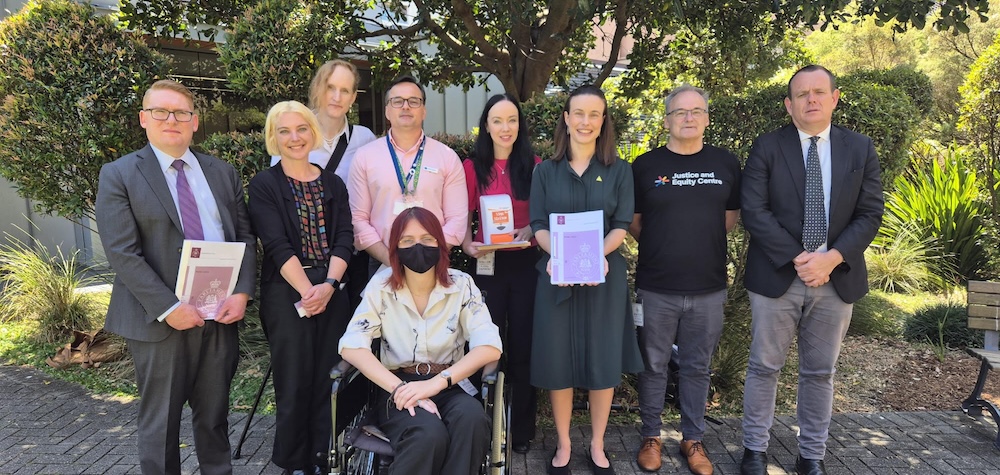
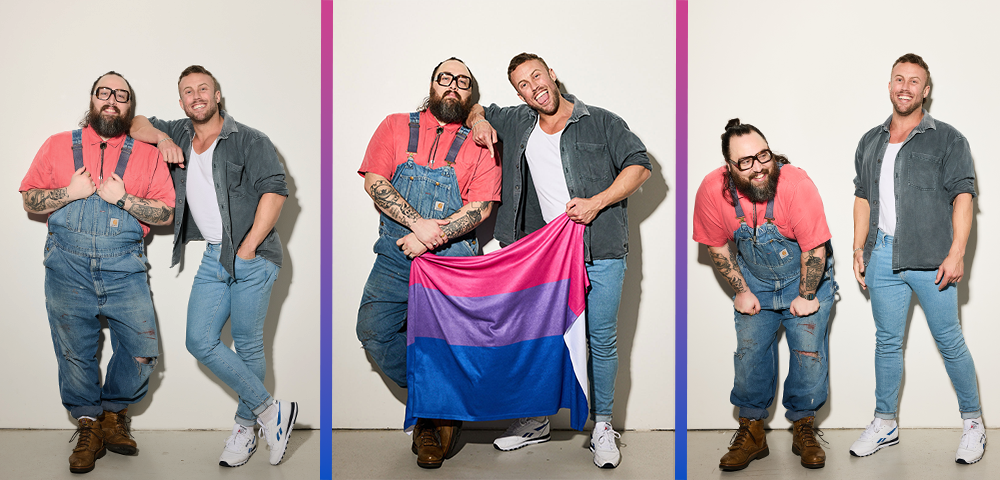
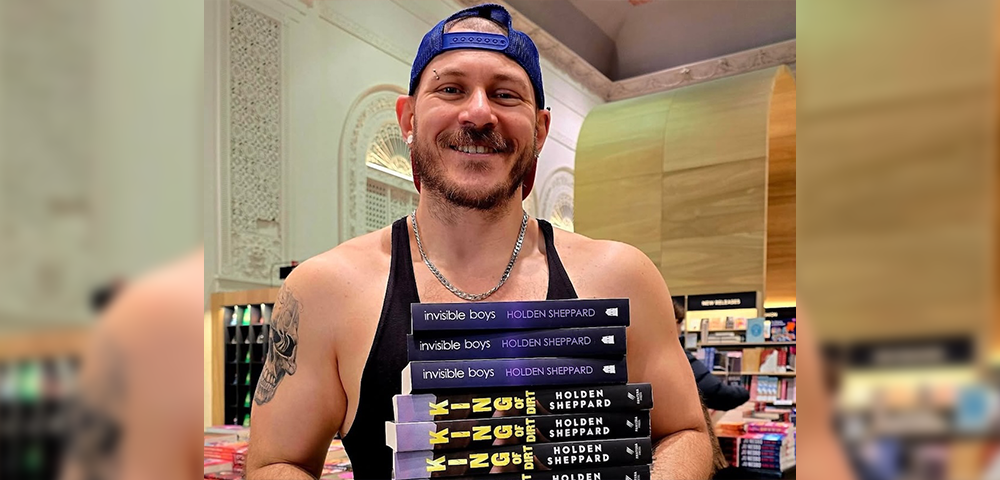
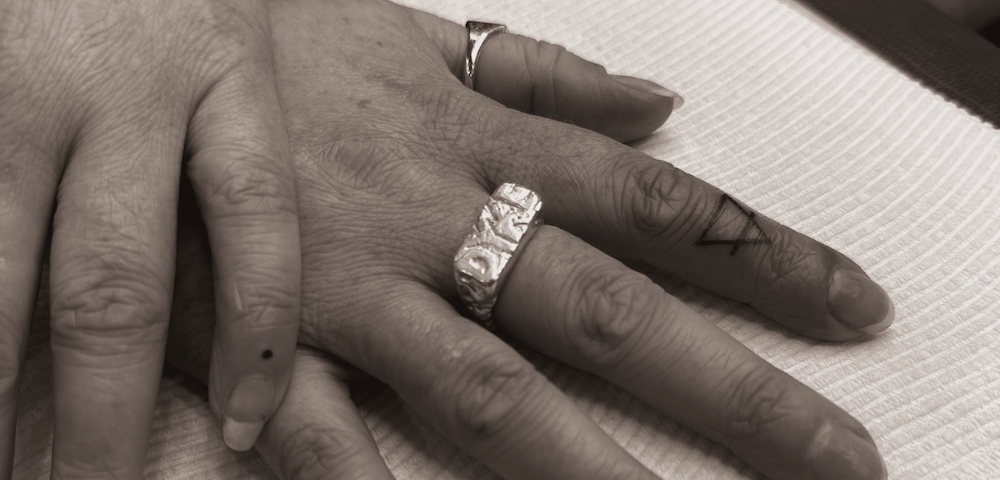
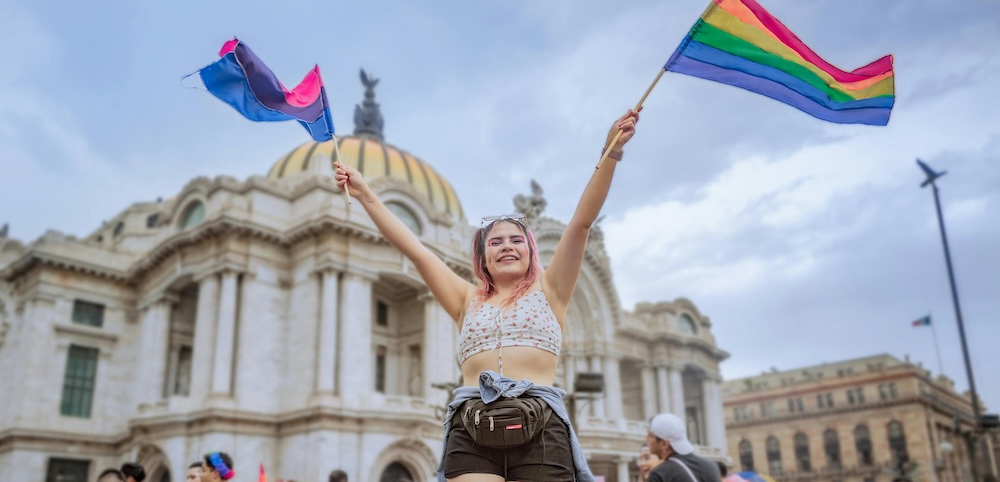
Great to see this discussion. For too many LGBTI Sydneysiders queer refugees are invisible. Everyone needs to be reminded that some refugees are queer also and are fighting for their lives.
To me it is a far more urgent issue than marriage equality.